Table of Contents
QUICK SUMMARY: Studio Blackardt grew from a side project to a 100-client creative agency with one clear mission guiding every move. Discover how founders Brianna and Sam Bernard built a team by leading with clarity and purpose, setting up systems that scale creative work, and keeping their culture sharp through every growth phase.
Studio Blackardt scaled fast. Too fast.
Client demand poured in. The team delivered, hustled, and pushed—but under the surface, it was clear the work was outpacing the workflow. Systems were fragmented. Team members operated on instinct rather than infrastructure. Project setups varied by person. Review cycles stretched. And the creativity that set them apart was at risk of getting lost in the churn.
For co-founder Brianna Bernard, that pressure forced a turning point in how they worked and led.
The agency abandoned patchwork tools and transitioned to defined systems, which became the foundation for everything that followed. The studio grew into a 10-person team, serving over 100 clients with a consistent brand voice, repeatable workflows, and creative that moves fast without feeling rushed.
Today, we’re sharing how Studio Blackardt turned its processes into a creative advantage.
Name | Agency | Agency Stats | Location |
Brianna Bernard | Studio Blackardt | 10 employees 100 clients Est. 2019 | Brisbane, Australia |
Building an Agency With a Shared Creative Vision
Brianna Bernard grew up surrounded by cameras, storytelling, and entrepreneurship.
Her dad launched multiple businesses, and she and her brothers spent their early years filming together. That foundation shaped her perspective as a builder and creator. At high school, she met Sam, who brought a strong visual eye and a deep appreciation for architecture. Their skills aligned, and their vision for what a studio could be grew from there.
In their final year of university, Brianna and Sam focused on building something real. They spent their time filming, editing, and sharing original content on Instagram.
One of those early ideas—Tuesday Tippage, a weekly video series offering marketing advice—sparked early interest. A few direct messages turned into client work. By graduation, their direction was set. They committed fully to building the agency.
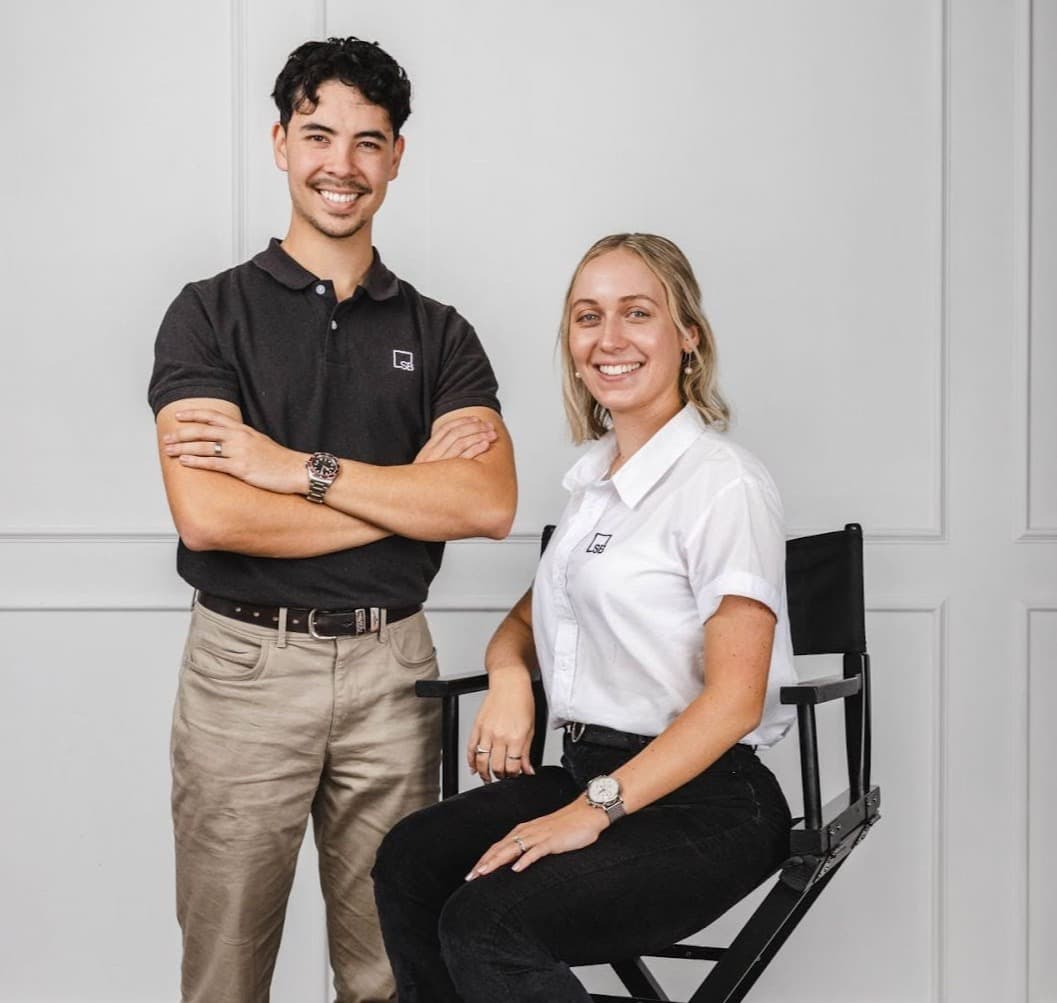
Brianna and Sam Bernard are the co-founders of Studio Blackardt.
Studio Blackardt has always offered its clients a range of services. However, as the team grew and processes were put in place to support the agency, more services were added. A slow approach to growth has helped to build trust amongst the agency’s clients.
One of the first significant moments came when Westfield—a global retail property group known for its large shopping centers—reached out after seeing Studio Blackardt’s content for a local restaurant on Instagram. That connection led to multiple campaign collaborations across locations, solidifying the agency’s presence among high-visibility brands.
Real estate later became an area of focus because of market opportunity, and because it matched the agency’s strengths and shared interests. Studio Blackardt captured the essence of the properties they marketed using pacing, mood, and creative direction shaped by their film background.
The agency's creative approach sets it apart. Sam and Bri focus on a storytelling approach to content. Every project carries intention, with visuals crafted to engage and build a connection.
We pull references from everything—from shows like The Bear to TikTok trends. It helps us make work that feels current without chasing trends.
It’s honestly just about storytelling. You’re not just taking photos of a house—you’re selling a lifestyle, or the people behind it.
Brianna Bernard, Co-Founder, Studio Blackardt
Studio Blackardt’s cinematic approach is a strategic advantage, especially in real estate marketing, where listings with video content receive 403% more inquiries than those without.
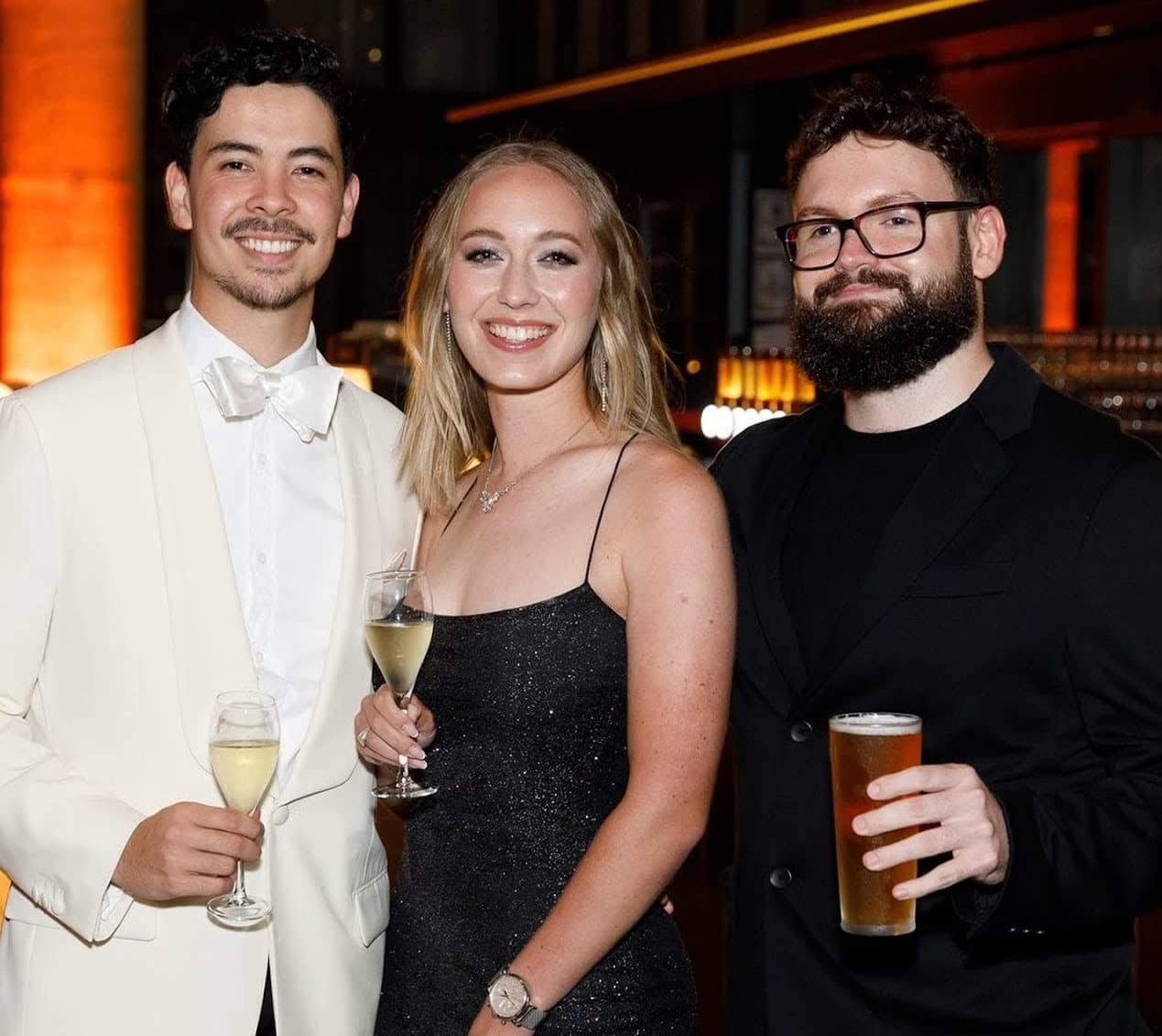
In 2024, Studio Blackardt was a finalist at the 50th Brisbane Advertising and Design Club Awards. Their designer, Matthew Burke (right), was recognized for his creative work. (Credit: Studio Blackardt/Instagram)
About 60 percent of Studio Blackardt’s work now supports property clients—developers, builders, and agents—while the rest comes from service-led businesses in wellness, hospitality, and niche industries.
Clients often highlight how it feels to work with the agency. The creative process is structured, collaborative, and energizing. Each interaction reflects the care and clarity that Brianna and Sam designed from day one.
They just enjoy working with us. Even though we’re working really hard behind the scenes, they’re having fun. It’s not a strain. And that’s a pain point we hear when clients come to us from other agencies.
Brianna Bernard, Co-Founder, Studio Blackardt
Studio Blackardt’s reputation is built on creativity, consistency, and a clear point of view that informs every part of the process.
But it wasn’t always this way.
When Fast Growth Becomes a Risk
The road to 100 clients pushed Studio Blackardt’s early systems to the edge.
By year two, Studio Blackardt had traction. The team grew. Clients lined up. The work kept coming. But while the momentum looked good from the outside, internally, it exposed a critical gap: No two projects ran the same way.
Brianna could feel it: What had worked at a smaller scale was now a liability.
As the agency scaled, the creative process became harder to track and repeat. Templates weren’t centralized, and projects lacked a consistent rhythm. As the projects multiplied, clarity dropped. Clients noticed. And the pressure trickled back to the team.
You can sort of swim and paddle along when you are smaller, but the minute you start actually growing, you immediately just notice those holes, and they really drag you down.
Brianna Bernard, Co-Founder, Studio Blackardt
Scaling Creative Output With Repeatable Systems
Studio Blackardt had grown into multi-location campaigns, cross-channel assets, and layered timelines. To deliver consistently, they now needed infrastructure.
Brianna and Sam started by locking in the systems that shaped every client experience. That meant overhauling reporting, standardizing project setup, and making space for creative to move faster without compromising quality.
The biggest challenge? Ensuring that the agency maintained the level of creativity they were known for, while standardizing some elements of the creative process.
The team settled on a number of ready-to-use templates—fonts, titles, and pre-styled elements set up for each client. Each stage of the creative process was mapped, with the intention of aligning each deliverable with the brand and client objectives.
Today, when a new client is onboarded, these elements are established and approved before the work begins, so that with each subsequent project, the team can simply dive in and get started—no wasted time spent hunting for assets. Creative doesn’t start from zero. The team knows what’s due, who owns it, and what it should look like by default.
We’ve pretty much set it up that when you open a project, all of the fonts and titles are ready to go and are customized to each client.
Brianna Bernard, Co-Founder, Studio Blackardt
Internally, Studio Blackardt uses Trello for tracking and task visibility. For brand and web projects, everything runs through Outline—complete with staged signoffs that keep the team and client aligned. Pastel handles website reviews and live edits, eliminating back-and-forth.
Previously, Studio Blackardt presented reports manually in Canva. Now, with automated reporting through AgencyAnalytics, the team delivers a better client experience while staying focused on performance.
Platform | Purpose | Function |
Trello | Internal Task Tracking | Organizes to-dos, project stages, and status updates across the team |
Outline | Staged Client Signoffs | Manages brand and web project approvals step by step |
Pastel | Collaborative Web Reviews | Collects live client feedback directly on web previews |
AgencyAnalytics | Automated Reporting & Real-Time Dashboards | Centralizes performance data for internal and client visibility |
Each week, I can touch base and be on the ground with what’s happening across clients. The reports are already there, and that part is automated.
It’s made the clients feel like they’re getting a better experience. It’s also allowed us to actually focus on results more than worrying about how we represent different things to clients.
Brianna Bernard, Co-Founder, Studio Blackardt
Those systems eliminated friction and fundamentally changed how the agency works. Templates have reduced error. Live dashboards have made performance data visible on demand. Creative has moved forward faster because no one had to stop and ask where things lived or who was next.
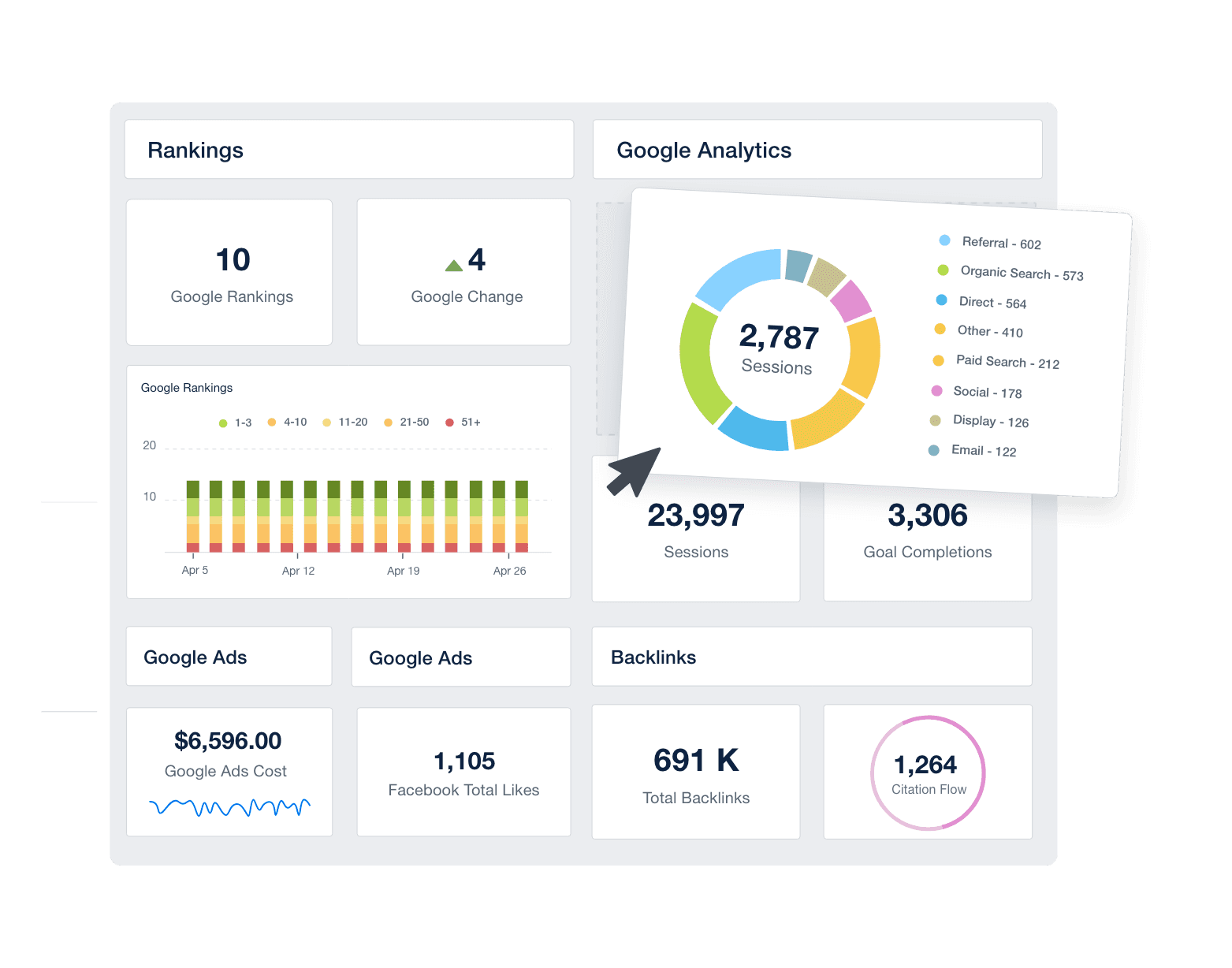
Give your clients the visibility they expect—and your team the time they need to be creative. Find out how AgencyAnalytics simplifies reporting for more than 7,000 agencies. Try it free today!
Why Structure and Processes Build a Better Agency Culture
Building out processes and systems made space for sharper creative, which has removed friction and allowed the team to go deeper in their creative work.
Creative output depends on more than talent—it depends on how the team works together. For Studio Blackardt, agency culture isn’t a vibe or a perk. It’s embedded in the workflows, systems, and expectations that shape every project.
After the early growth challenges, Brianna and Sam became more deliberate about how the team functions. Every hire is vetted for how they align with the agency’s vision, how they collaborate, and how they manage structured creative work. It’s not just about skill—it’s about match.
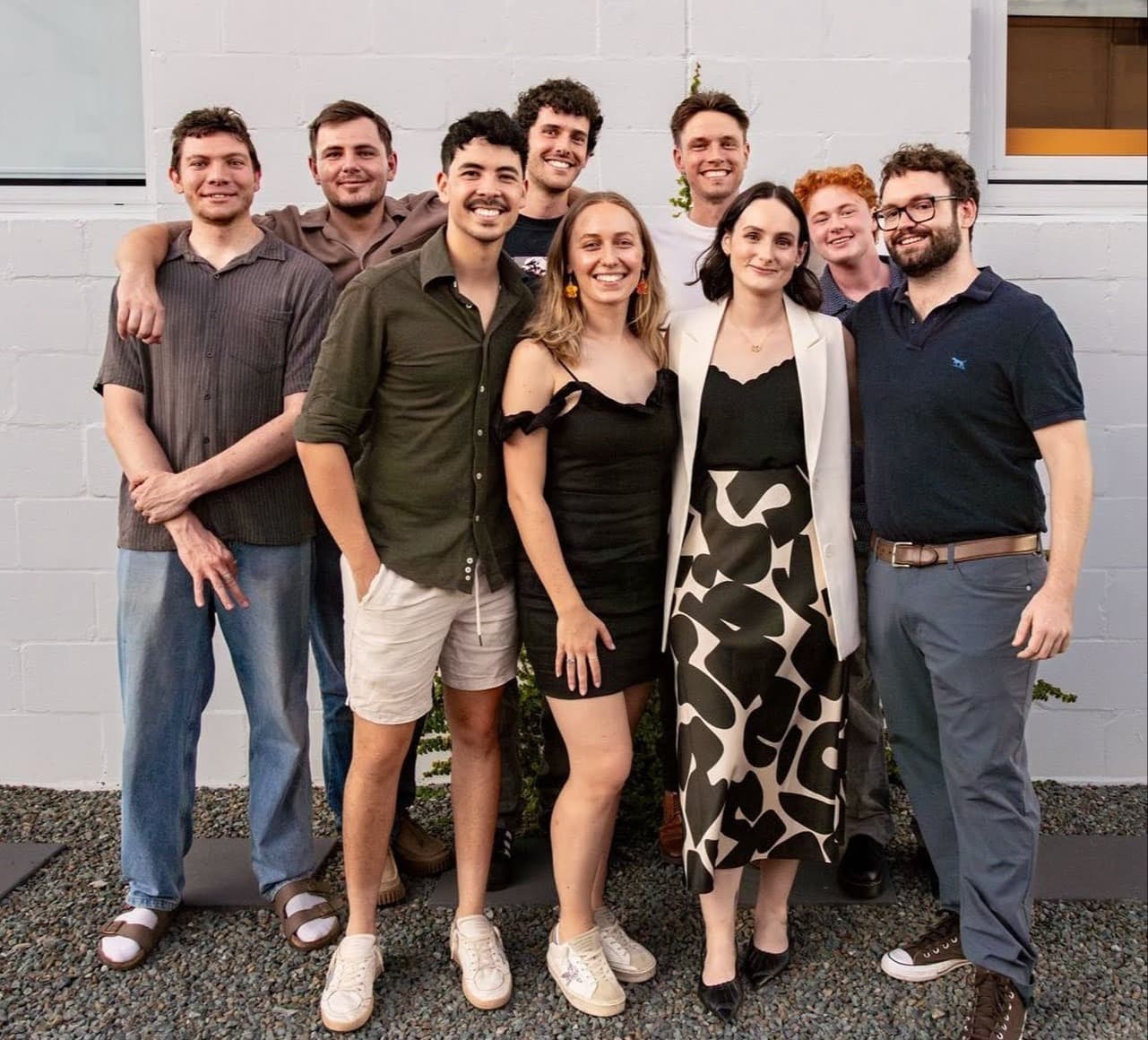
The Studio Blackardt team. (Credit: Studio Blackardt/Instagram)
The team runs lean, which works because the systems the agency has built support it—fewer hand-holding moments, stronger handoffs, and more time spent building successful campaigns and client experiences.
This approach aligns with what drives long-term client loyalty. And it makes sense: According to our recent Agency Benchmarks Report, effective communication and transparency, strong working relationships, and campaign performance are the top retention strategies for marketing agencies.
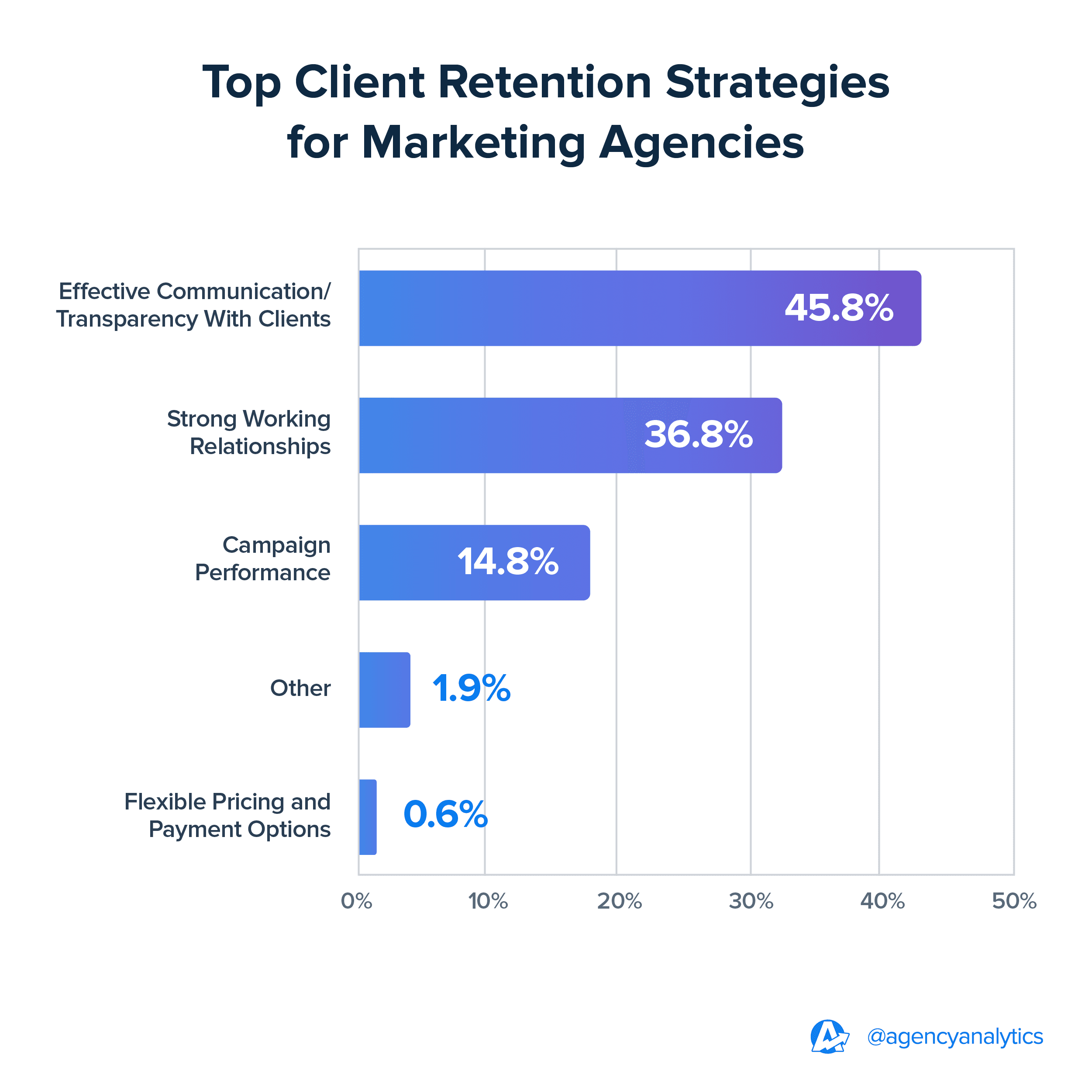
The Mission Defines How Your Agency Operates
Studio Blackardt’s growth strategy is consistency.
Every decision, process upgrade, and client relationship builds toward one goal: To become the go-to creative partner for brands across Australia without losing the fun.
That goal acts as a filter, clarifying priorities and setting the standard for team dynamics, creative quality, and how the agency scales without compromise. Brianna and Sam lead by designing systems that make space for strong work and strong relationships, and holding to the culture that built early traction.
We’re growing into bigger campaigns and more complex systems, but I still want to have that hands-on relationship and joy in the process.
Brianna Bernard, Co-Founder, Studio Blackardt
The lesson for agency leaders is this: Set a goal and use it to shape your team, culture, processes, and client experience. Then, build systems that let you grow without sacrificing what made your agency valuable in the first place.

Written by
Francois Marchand brings more than 20 years of experience in marketing, journalism, and content production. His goal is to equip agency leaders with innovative strategies and actionable advice to succeed in digital marketing, SaaS, and ecommerce.
Read more posts by Francois MarchandSee how 7,000+ marketing agencies help clients win
Free 14-day trial. No credit card required.





